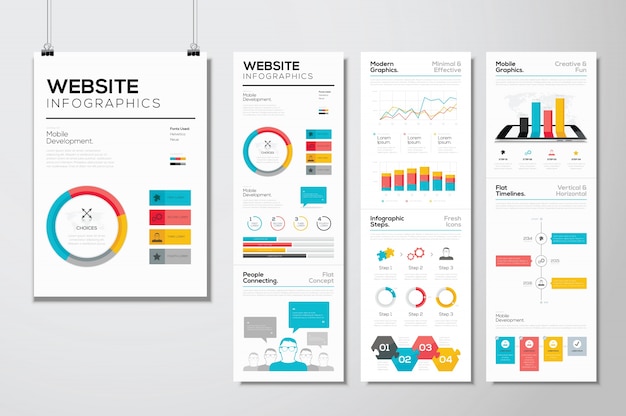Fascinated In Learning Just How Web Site Style Has Developed? Take A Journey Via The Transformation
Fascinated In Learning Just How Web Site Style Has Developed? Take A Journey Via The Transformation
Blog Article
Article By-Hartley Clarke
In the past, websites were basic and concentrated on info. Navigation was direct, and layout was for desktop computers. Now, user experience is essential. Information overviews layouts for easy navigating. Responsive designs suit various devices. Today, dark setting reduces stress, and minimalist food selections boost navigation. Interactive attributes involve users, and strong visuals attract attention. AI integration increases engagement. See exactly how style has actually advanced to boost your online trip.
Very Early Days of Website Design
In the early days of website design, simpleness preponderated. Sites were fundamental, with restricted shades, font styles, and formats. The emphasis got on providing details instead of flashy visuals. Users accessed the net with sluggish dial-up links, so speed and capability were crucial.
Navigating menus were straightforward, commonly situated on top or side of the page. Sites were made for computer, as mobile browsing wasn't yet common. Material was king, and designers focused on easy readability over complex design aspects.
HTML was the key coding language made use of, and designers needed to function within its constraints. Animations and interactive functions were minimal contrasted to today's requirements. Websites were fixed, with little vibrant content or individualized user experiences.
Surge of User-Focused Design
With the advancement of site design, a change towards user-focused style concepts has actually become significantly prominent. Today, developing websites that prioritize customer experience is vital for engaging visitors and achieving company goals. User-focused design entails recognizing the requirements, preferences, and actions of your target market to tailor the site's layout, web content, and includes appropriately.
Designers currently carry out extensive research study, such as individual surveys and usability testing, to gather insights and feedback directly from users. This data-driven approach helps in developing user-friendly navigating, clear calls-to-action, and aesthetically attractive user interfaces that resonate with visitors. By placing the user at the center of the design process, sites can deliver a more individualized and pleasurable experience.
Responsive design has likewise become a vital facet of user-focused layout, ensuring that web sites are enhanced for numerous gadgets and screen sizes. This flexibility enhances availability and functionality, catering to the varied methods customers interact with sites today. Basically, the surge of user-focused layout symbolizes a change in the direction of developing digital experiences that focus on the requirements and assumptions of the end individual.
Modern Trends in Web Design
Explore the most up to date fads shaping web design today. One noticeable pattern is dark setting design, offering a streamlined and modern look while lowering eye pressure in low-light atmospheres. One more key fad is minimal navigation, simplifying menus and improving user experience by concentrating on essential elements. Incorporating micro-interactions, such as animated buttons or scrolling impacts, can produce an extra interesting and interactive internet site. Responsive style remains vital, making certain smooth individual experiences throughout various devices. Furthermore, making use of strong typography and unbalanced designs can include aesthetic interest and draw attention to specific material.
Incorporating AI modern technology, like chatbots for customer support or tailored referrals, improves individual engagement and improves processes. Availability has additionally become a considerable fad, with developers focusing on comprehensive style methods to cater to varied user needs. Embracing sustainability by enhancing web site efficiency for rate and performance is another emerging fad in website design. Working together with individual responses and information analytics to repeat and improve design continually is crucial for remaining appropriate in the ever-evolving electronic landscape. By embracing https://www.mckinsey.com/business-functions/growth-marketing-and-sales/our-insights/marketing-in-the-metaverse-an-opportunity-for-innovation-and-experimentation , you can create a visually attractive, straightforward internet site that resonates with your audience.
Final thought
As you review the evolution of website layout from the very early days to now, you can see just how user-focused design has become the driving pressure behind modern trends.
Embrace the trip of modification and adaptation in website design, constantly maintaining the customer experience at the forefront.
Tippingpointdigital
Keep present with the most up to date fads and technologies, and never stop evolving your approach to produce aesthetically spectacular and straightforward internet sites.
Advance, adjust, and develop - the future of web design remains in your hands.
